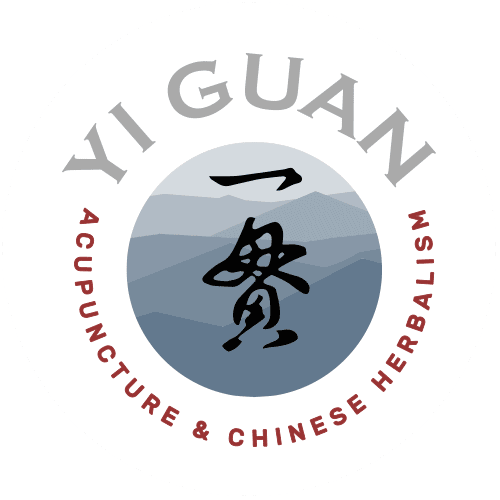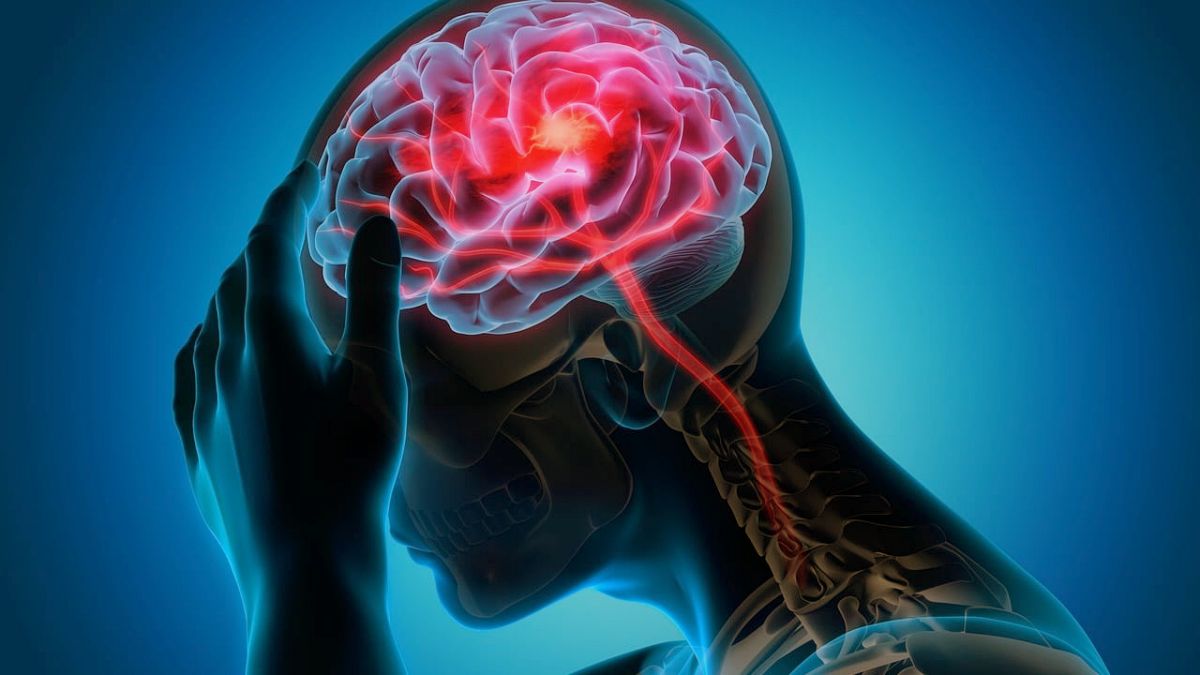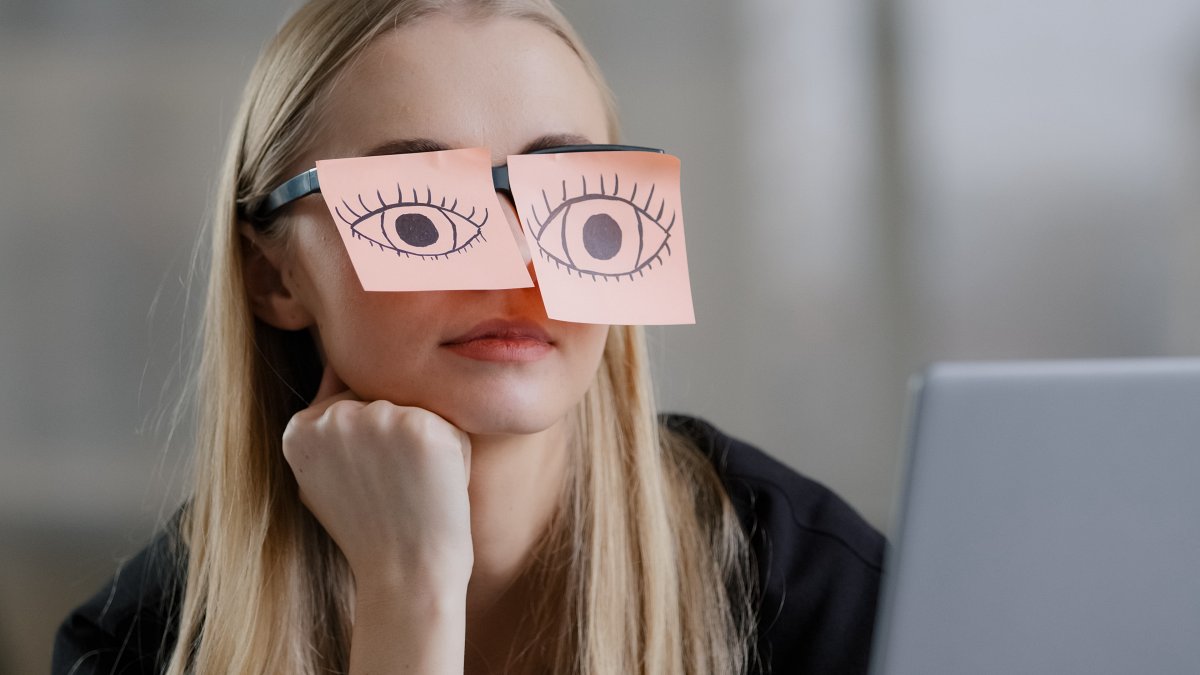HOW DOES ACUPUNCTURE FOR PAIN WORK?
Acupuncture for pain relief is well regarded as a good medication free treatment for acute and chronic pain. But many are curious as to how can treatment with a few small acupuncture needles can so effectively treat pain. There are several ways acupuncture treatments can relieve pain, depending on the location of the pain and the technique being used. Let’s discuss some of the proposed mechanisms from a modern Western standpoint on how certain treatments might be working to alleviate chronic pain.
GATE CONTROL THEORY
One mechanism is called the gate control theory of pain. This theory suggests that non-painful stimuli can interfere or “close the gate” to the signal of pain trying to reach the brain. Pain-sensing nerves travel along the same routes as the larger nerves delivering touch, pressure, and vibration. If a signal is being sent up both of these nerve pathways, research indicates that these signals might indirectly inhibit the other from transmitting the signal further. In particular, if there is a stronger signal in the non-pain sensing pathways, the pain pathways are blocked. This is why rubbing (pressure) can lessen the pain. Relieving pain with an acupuncture needle used with proper technique can work by this method. And needles deeper in the tissue and closer to the nerves can have a significant effect on the treatment.
TRIGGER POINT METHOD
Myofascial trigger points are areas of increased irritability in the muscle leading to chronic pain. They are contractions of smaller groups of muscle fibers within a larger muscle. This contraction can deplete and restrict blood flow in the area, causing tenderness and stagnation of chemicals involved in inflammation and pain. This uncoordinated contraction can even pull on tendons and make the whole muscle experience pain and weakness. Inserting a needles in these areas can trigger a “local twitch response”. In simpler terms, these acupuncture treatments work like hitting the “reset” button on the muscle. After the twitch, the trigger points that were previously contracted will relax, and the muscle returns to normal.
WORKING WITH FASCIA
Closely related to this is a theory relating to fascial release, which has yet to be fully investigated in the West. The fascia is the thin covering surrounding your muscles and separating them from each other. Sometimes chronic pain can be caused by the fascia not smoothly relating to each other. A lesser-known fact about our fascia and our bones is that they are piezoelectric. This means that mechanical stress, like pressing, flexing, stretching, or stimulating them with acupuncture needles, may not only smooth out the fascia but can even set off electrical charges or impulses across the fascia. Theories suggest that these impulses send signals to other parts of the fascia and muscle, or even to the peripheral or central nervous system. This can account for both local and distant effects from simple small acupuncture needles with proper manipulations in the hands and feet.
MODERN KNOWLEDGE AND ANCIENT WISDOM
In the classical Chinese view, pain results from “qi” and or “blood” stagnation. So in their eyes, the treatment for pain is simply just to move whatever qi or blood is stuck. Over the generations, acupuncturists have worked out a system of needle placement and technique designed to restore the healthy movement of qi and blood. It is not hard to see how many of the concepts described above are exactly at work during acupuncture treatments. The small fiber muscle constriction and fascial adhesions are both in a sense “knots” in the tissue. That is, something just isn’t moving right. Therefore trigger point treatment and fascial release can easily be talked about as moving something that is stuck. The Chinese consider the body entirely internally linked through the energy meridians that the acupuncture points lie on. Recent research suggests that humans have an unbroken fascial network. One way or another, one spot of fascia is connected to any other spot in the body. So during an acupuncture treatment, movement of the stagnant qi in a distant part of the body from the needle site is easily accomplished. Other acupuncture points are directly over motor points perfect for the local twitch response. Other points are near nerve clusters and acupuncture treatment with good technique easily flood the gates mentioned in gate control theory. Any and all of these methods are used to treat acute and chronic pain, depending on the type of pain and its location.
If you would like to see how acupuncture can help give you a medication free treatment solution for your pain, contact us today.
Who is Dr. Perez?
Dr. Dan Perez is both a Western-trained physician and a graduate of the AOMA Graduate School of Integrative Medicine. Based in Austin, Texas, AOMA is recognized as one of the leading schools in Chinese Medicine. Being both an expert in Western medicine and Chinese medicine, Dr. Perez offers his patients natural, minimally invasive and integrative medical options for treating a variety of chronic medical conditions.
Article Sources:
Spine Health, Gate Control Theory of Pain
Mayo Clinic, What is Dry Needling
Mayo Clinic, Myofascial Release Therapy







